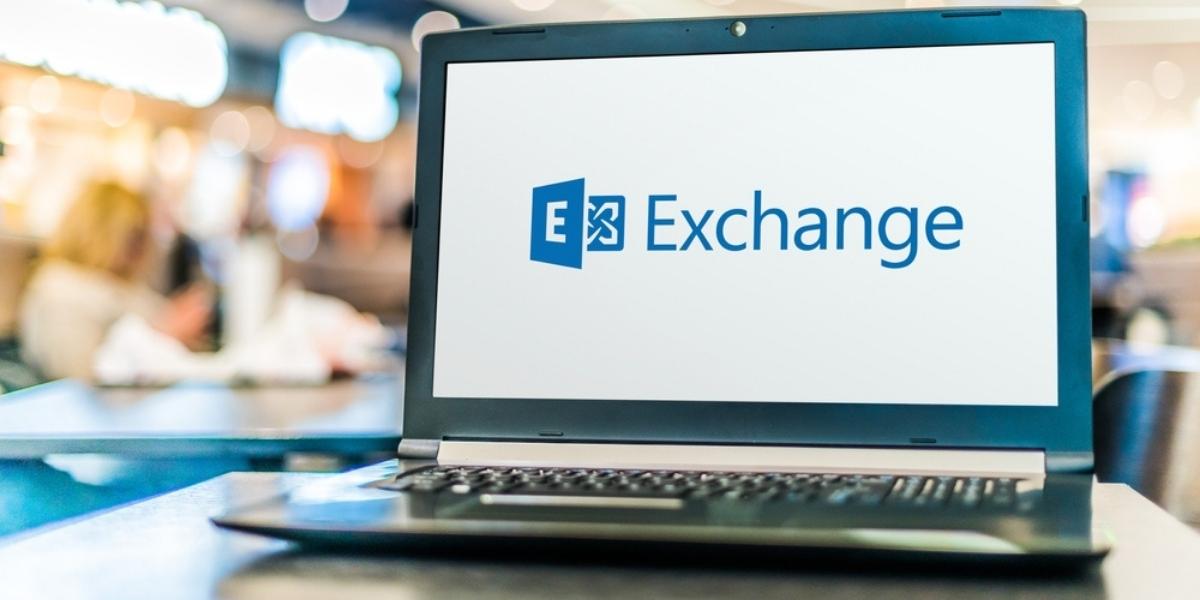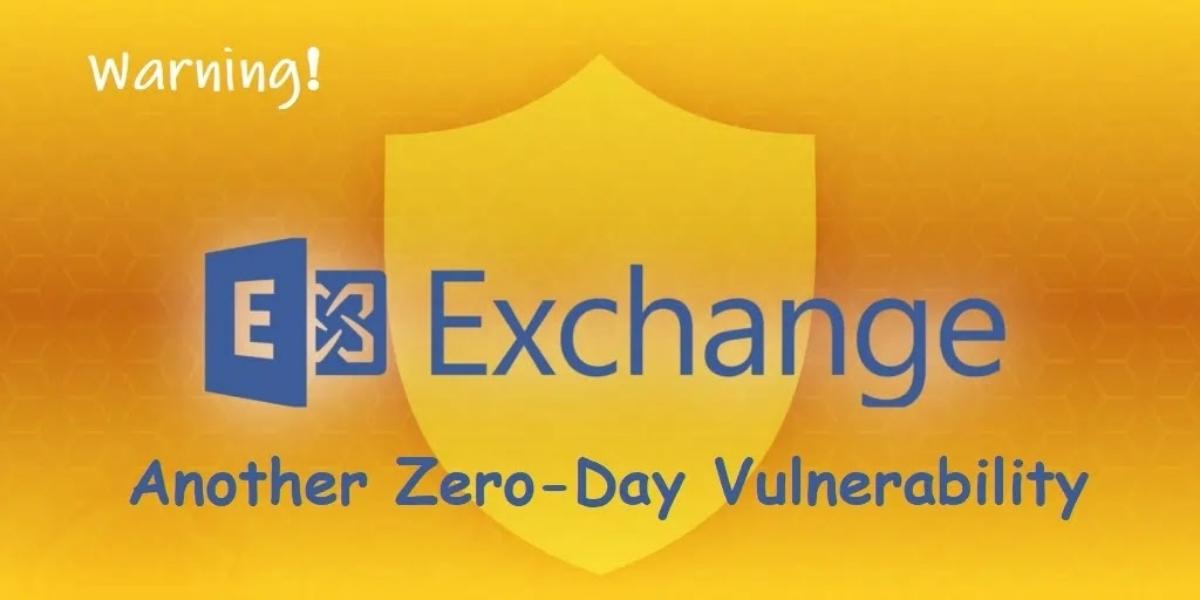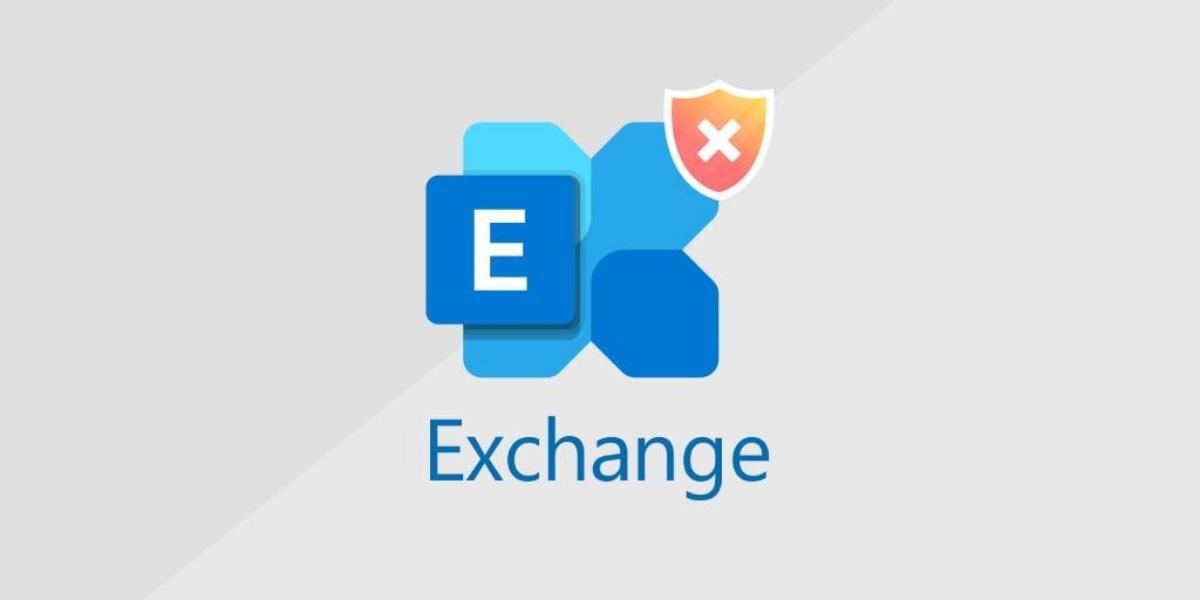
Bid farewell to skimming over endless reviews and ...
news-extra-space

 The tech giant added that it was already looking into these attacks when the Zero Day Initiative reported the flaws to Microsoft Security Response Center (MSRC) earlier last month on September 8–9, 2022. The tech giant attributed the ongoing attacks to a state-sponsored organisation with medium confidence.
Numerous businesses all over the world use Microsoft Exchange Server. Exchange Server enables businesses to create official email domains in their name and provide each employee a personal official email address. The biggest danger with using such a service is that illegal access to one account could lead to other attacks that could compromise the entire business.
According to the advice from CERT-In, which was released on Saturday, the two flaws might give a hacker access to a device and allow them to run remote code on it. Any code or programme run by a hacker on a hacker device without the owner's knowledge or agreement is referred to as remote code.
However, only someone who already has login credentials to access Microsoft Exchange Server may do this; this person is referred to as an authorised attacker in information technology (IT).
The tech giant added that it was already looking into these attacks when the Zero Day Initiative reported the flaws to Microsoft Security Response Center (MSRC) earlier last month on September 8–9, 2022. The tech giant attributed the ongoing attacks to a state-sponsored organisation with medium confidence.
Numerous businesses all over the world use Microsoft Exchange Server. Exchange Server enables businesses to create official email domains in their name and provide each employee a personal official email address. The biggest danger with using such a service is that illegal access to one account could lead to other attacks that could compromise the entire business.
According to the advice from CERT-In, which was released on Saturday, the two flaws might give a hacker access to a device and allow them to run remote code on it. Any code or programme run by a hacker on a hacker device without the owner's knowledge or agreement is referred to as remote code.
However, only someone who already has login credentials to access Microsoft Exchange Server may do this; this person is referred to as an authorised attacker in information technology (IT).
 "An authenticated attacker could exploit these vulnerabilities by sending a specially-crafted request to the affected system. Successful exploitation of these vulnerabilities could allow an attacker to perform remote code execution on the targeted system," CERT-In’s advisory states, adding, "Note: These vulnerabilities are being exploited in the wild." The term ‘exploited in the wild’ refers to the fact that an exploit for the said vulnerability exists and is being used.
Microsoft acknowledged both vulnerabilities and said the first could be exploited to exploit the second in an official update posted to its website. The tech giant added that in order to take advantage of the two vulnerabilities, an attacker would first need to get authorised access to an Exchange server.
Microsoft claims that the first vulnerability enables authenticated attackers to communicate with the server by impersonating an affected machine, while the second one allows them to access and navigate between additional vulnerable devices linked to the server. Furthermore, anyone who uses email can perform this; access to an administrator is not required.
"An authenticated attacker could exploit these vulnerabilities by sending a specially-crafted request to the affected system. Successful exploitation of these vulnerabilities could allow an attacker to perform remote code execution on the targeted system," CERT-In’s advisory states, adding, "Note: These vulnerabilities are being exploited in the wild." The term ‘exploited in the wild’ refers to the fact that an exploit for the said vulnerability exists and is being used.
Microsoft acknowledged both vulnerabilities and said the first could be exploited to exploit the second in an official update posted to its website. The tech giant added that in order to take advantage of the two vulnerabilities, an attacker would first need to get authorised access to an Exchange server.
Microsoft claims that the first vulnerability enables authenticated attackers to communicate with the server by impersonating an affected machine, while the second one allows them to access and navigate between additional vulnerable devices linked to the server. Furthermore, anyone who uses email can perform this; access to an administrator is not required.
Leave a Reply






